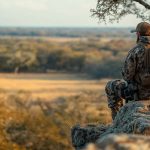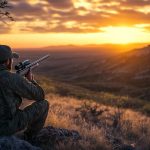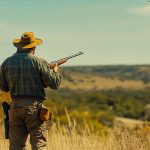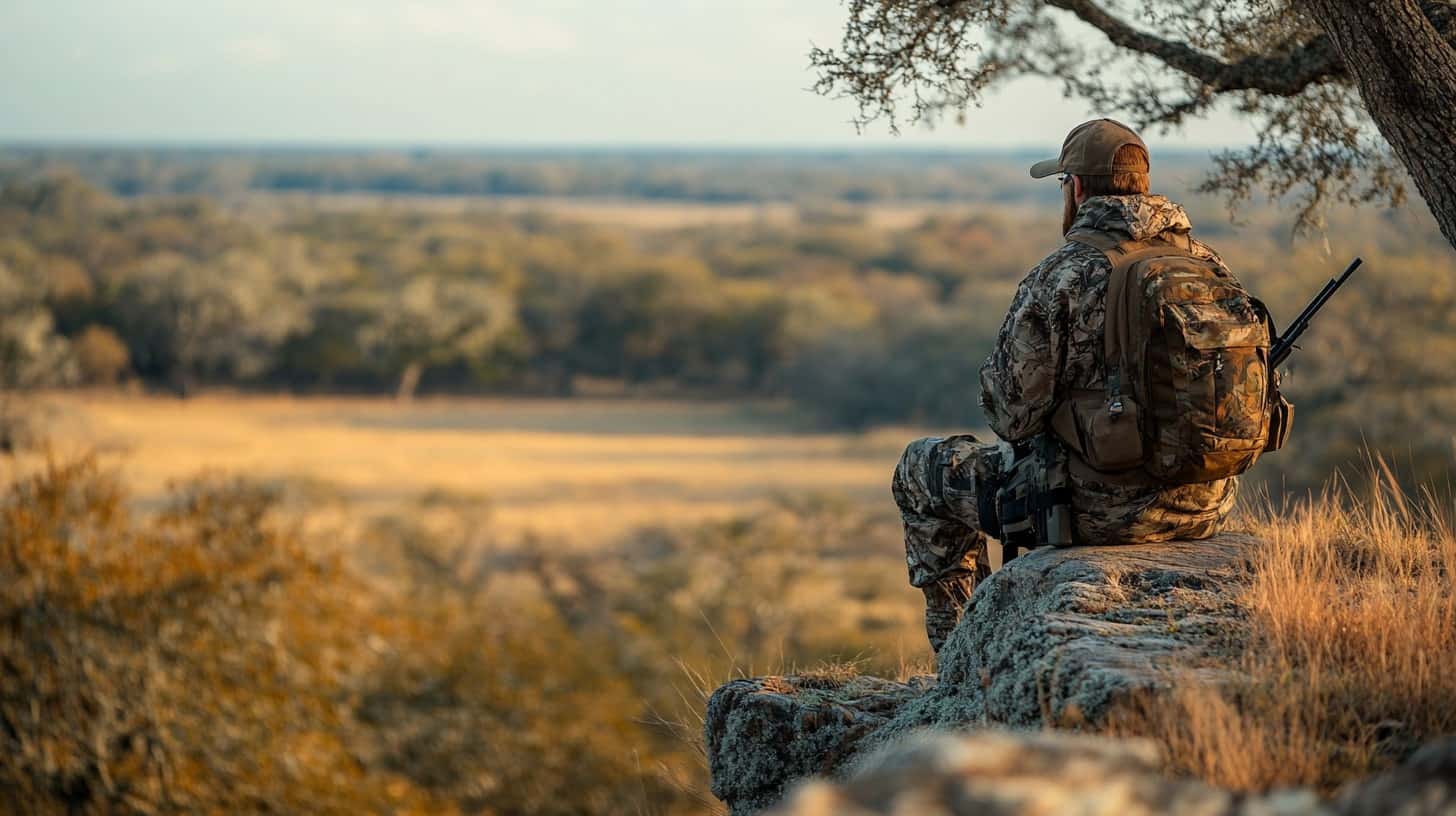Texas is one of the best places in the United States for deer hunting, offering vast landscapes, abundant whitetail populations, and a deep-rooted hunting tradition. For beginners, the experience of stepping into the woods, tracking game, and making a successful harvest can be both exciting and challenging. However, with the right preparation, knowledge, and respect for ethical hunting, even a first-time hunter can have a rewarding experience.
This guide will walk you through everything you need to know to get started with deer hunting in Texas, including essential gear, hunting regulations, best practices, and expert tips to improve your chances of success.
Understanding Texas Deer Hunting Regulations
Before heading into the field, it’s crucial to familiarize yourself with Texas hunting laws. The Texas Parks & Wildlife Department (TPWD) sets regulations to ensure ethical and sustainable hunting practices.
Licenses and Tags
All hunters must have a valid Texas hunting license, which can be purchased online or at local sporting goods stores. Additionally, hunters must obtain a deer tag, which allows them to harvest a certain number of deer per season. Some areas also require special permits, especially if you’re hunting on managed lands.
Hunting Seasons
Texas has multiple deer hunting seasons, including:
- Archery Season: Typically starts in late September and runs through early November.
- General Rifle Season: Begins in early November and lasts until early January.
- Youth-Only Season: A special period allowing young hunters to experience the sport.
Be sure to check local regulations, as season dates vary by region.
Legal Weapons & Equipment
Hunters can use rifles, shotguns, handguns, muzzleloaders, and bows, but there are restrictions on caliber and draw weight. The most common rifle caliber for deer hunting in Texas is .270, .308, or .30-06, as these provide sufficient stopping power without excessive recoil.
Bag Limits & Restrictions
Texas enforces bag limits to prevent overhunting. Some counties have antler restrictions, requiring bucks to meet specific criteria before they can be harvested. Always verify the regulations for the county where you plan to hunt.
Choosing the Right Gear for Your First Hunt
Hunting gear plays a significant role in ensuring a safe and successful hunt. Investing in quality equipment will make your experience more enjoyable and increase your chances of harvesting a deer.
Firearms & Ammunition
For beginners, a bolt-action rifle with a high-quality scope is the best choice. Popular calibers include .243 Winchester, .270 Winchester, and .308 Winchester, offering good accuracy and stopping power.
Clothing & Camouflage
Texas has diverse landscapes, from thick forests to open plains, so camouflage should match the environment. Layering is key, as mornings can be cold while afternoons warm up quickly. Essential clothing includes:
- Base Layer: Moisture-wicking shirt and thermal leggings.
- Insulation Layer: A fleece jacket or lightweight down vest.
- Outer Layer: A camouflage jacket and pants to blend in with the surroundings.
- Footwear: Waterproof hunting boots for rough terrain.
Optics & Accessories
- Binoculars: Help you spot deer from a distance.
- Rangefinder: Ensures accurate distance measurement before taking a shot.
- Knife: A sharp field-dressing knife is essential for processing the deer.
- Backpack: To carry water, snacks, extra ammo, and first aid supplies.
Scouting & Finding the Best Hunting Spots
Public vs. Private Land
Texas offers both public hunting lands and private ranches where hunters can book guided trips. While public lands require more scouting, private ranches often provide better opportunities due to managed deer populations.
Where to Hunt in Texas
Some of the top deer hunting regions in Texas include:
- Hill Country: The most popular area, with a high density of whitetail deer.
- South Texas: Known for producing trophy bucks due to its excellent habitat.
- East Texas: Dense forests provide good cover but require patience for spotting deer.
- West Texas & Panhandle: Open terrain offers longer-range hunting opportunities.
Scouting Strategies
Before the season starts, spend time in your hunting area looking for signs of deer activity. Key things to watch for:
- Tracks & Trails: Fresh hoof prints indicate recent movement.
- Rub Marks on Trees: Bucks scrape their antlers against trees to mark territory.
- Food Sources: Look for acorns, mesquite beans, or feeders (if allowed).
- Water Sources: Deer frequently visit ponds and creeks.
Hunting Techniques for Beginners
Tree Stand vs. Ground Blind Hunting
Beginners often use tree stands or ground blinds to stay hidden while waiting for deer.
- Tree stands provide an elevated view, reducing your scent’s reach.
- Ground blinds offer better concealment and are more comfortable for long waits.
Still Hunting
This involves slowly moving through the woods while scanning for deer. It requires patience and a good understanding of wind direction to avoid being detected.
Spot and Stalk
More common in West Texas, this method involves spotting a deer from a distance and carefully approaching for a shot. Good binoculars and stealth are essential for success.
Taking the Shot & Ethical Harvesting
Shot Placement
A clean, ethical shot ensures a quick and humane kill. The ideal target area is the vital zone—the heart and lungs, located just behind the front shoulder. Avoid risky shots that could wound the deer without a clean kill.
Tracking & Recovering Your Deer
After taking a shot, wait 15-30 minutes before tracking the deer. Look for a blood trail and follow it carefully. If the deer runs, move slowly and be patient to avoid pushing it further away.
Field Dressing & Processing the Deer
Once you’ve recovered your deer, field dressing should be done promptly to preserve the meat. Beginners may want to watch tutorials or go with an experienced hunter for their first time.
After field dressing, transport the deer to a processing facility or butcher it yourself. Many hunters enjoy making venison steaks, sausages, and jerky from their harvest.
Conclusion
Deer hunting in Texas is a rewarding experience that connects hunters with nature, teaches patience, and provides high-quality wild meat. For beginners, success comes from preparation, understanding hunting regulations, and practicing ethical hunting.
By choosing the right gear, scouting effectively, and using proper techniques, first-time hunters can enjoy a safe and memorable hunting adventure in the Lone Star State. With each season, your skills will improve, making you a more confident and responsible hunter.






